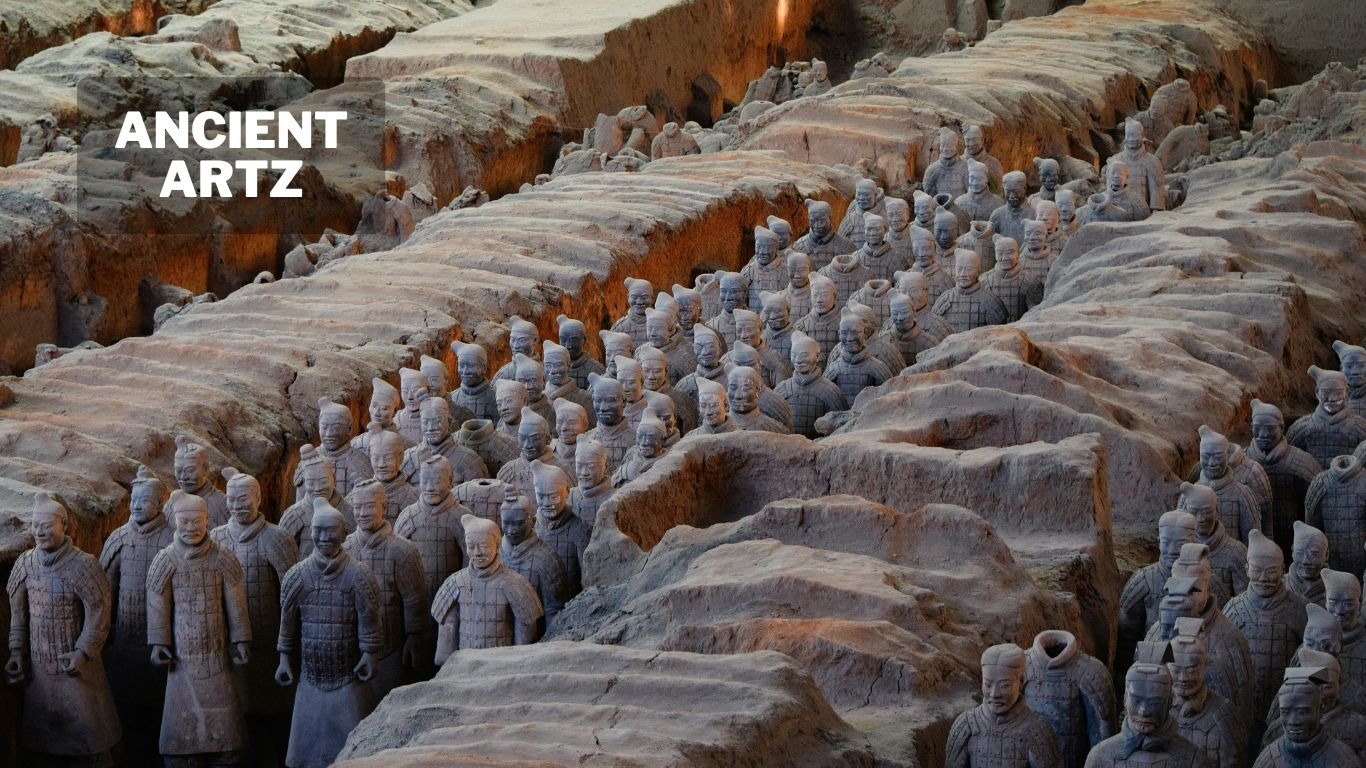The world of ancient artz offers a captivating glimpse into the creativity and cultural heritage of early civilizations. From intricate sculptures to monumental architectural achievements, ancient art continues to fascinate and inspire modern viewers. Here, we’ll explore the unique styles, purposes, and enduring beauty of ancient art across various regions and eras.
What Defines Ancient Artz?
Ancient art encompasses visual creations produced from prehistoric times until the fall of the Roman Empire. This period includes art from civilizations such as Egypt, Mesopotamia, Greece, Rome, and Mesoamerica. The common thread? A focus on storytelling, symbolism, and honoring the divine. Each culture added its unique flair, resulting in a rich tapestry of artistic expression.
The Significance of Ancient Egyptian Artz
One of the most recognized and influential styles, Egyptian artz often portrayed gods, pharaohs, and the journey to the afterlife. Hieroglyphics, vibrant murals, and grand monuments like the pyramids served both religious and political purposes. Egyptian art’s emphasis on symmetry, symbolism, and detailed craftsmanship reveals a deep reverence for order and spirituality.
Mesopotamian Art: The Birthplace of Civilization
Often regarded as the “Cradle of Civilization,” Mesopotamia introduced sculpture, pottery, and urban design innovations. The ziggurats, large step-like temples, are iconic structures that symbolize devotion and social hierarchy. Mesopotamian art frequently depicted daily life, religious rituals, and mythical creatures, giving insight into the beliefs and lifestyles of its people.
Greek Artz: Celebrating the Human Form
Ancient Greece is known for its stunning sculptures and architectural masterpieces. Greek art evolved from rigid forms in the Archaic period to highly realistic portrayals during the Classical era. The Greeks revered the human form, emphasizing proportion, balance, and movement in statues like the Venus de Milo and Discobolus. This focus on ideal beauty influenced Western art for centuries.
Roman Artz: Innovation and Adaptation
Roman art, heavily influenced by Greek predecessors, focused on realism and practicality. Romans excelled in portraiture, creating lifelike sculptures that captured individual characters. They also pioneered architectural feats, including aqueducts, amphitheaters, and the use of concrete. Roman mosaics and frescoes adorned walls, bringing vivid color and life to their surroundings.
Ancient Artz in Mesoamerica
Across the ocean, Mesoamerican cultures like the Maya and Aztecs developed art that was deeply spiritual and symbolic. Temples, carved reliefs, and pottery often depicted gods, rituals, and cosmic beliefs. Mesoamerican art is notable for its vibrant colors, intricate patterns, and sophisticated calendar systems, reflecting a complex understanding of the natural and spiritual worlds.
The Enduring Influence of Ancient Artz
The legacy of ancient art lives on, influencing modern architecture, sculpture, and design. Today, people worldwide admire and study these creations, seeking inspiration in their harmony, craftsmanship, and symbolic depth. By understanding ancient art, we gain insight into past cultures and a greater appreciation for humanity’s creative spirit.
Conclusion:
Ancient art holds a unique power to bridge the past with the present. Through its intricate designs, meaningful symbols, and architectural wonders, it reveals the values, beliefs, and aspirations of early civilizations. Each piece tells a story of humanity’s journey, from religious devotion and political power to a quest for beauty and knowledge. As we continue to admire and learn from these masterpieces, ancient art reminds us of our shared heritage and the enduring drive to express and understand the world around us.






